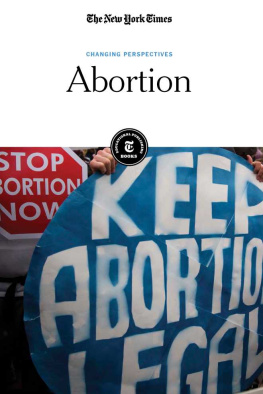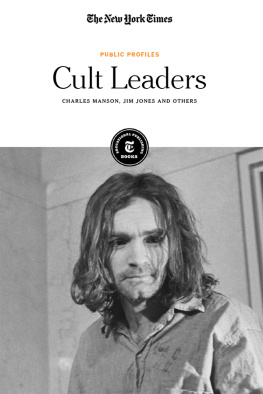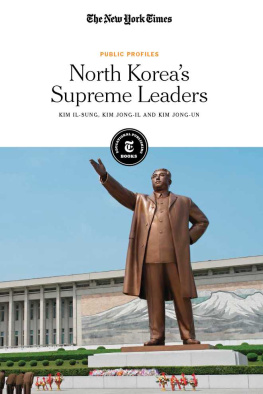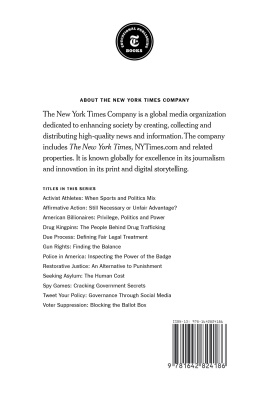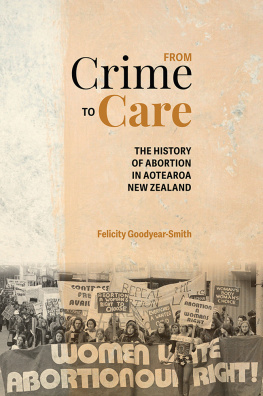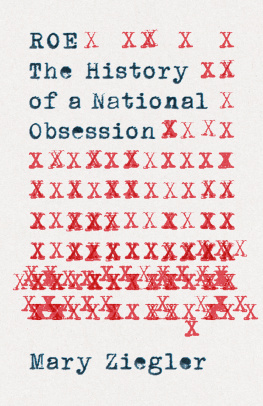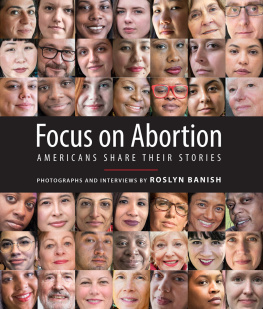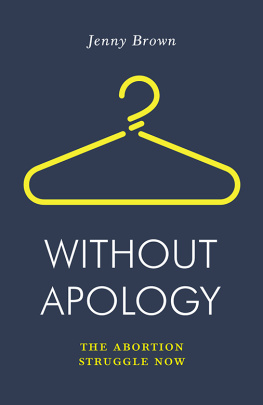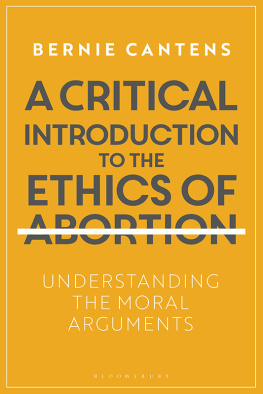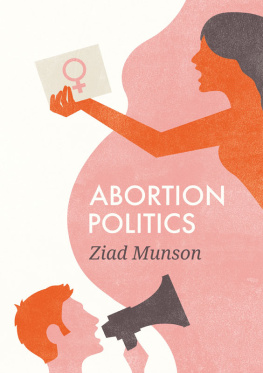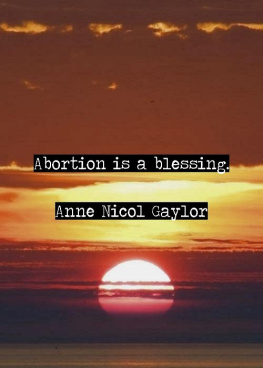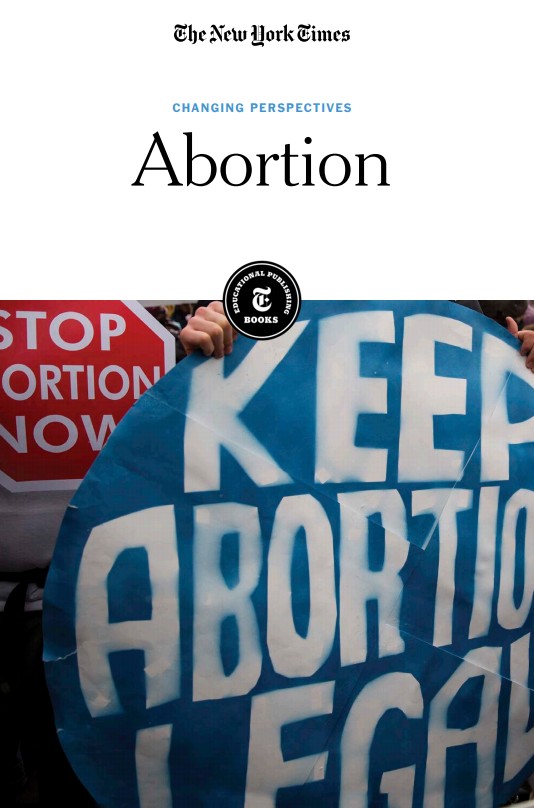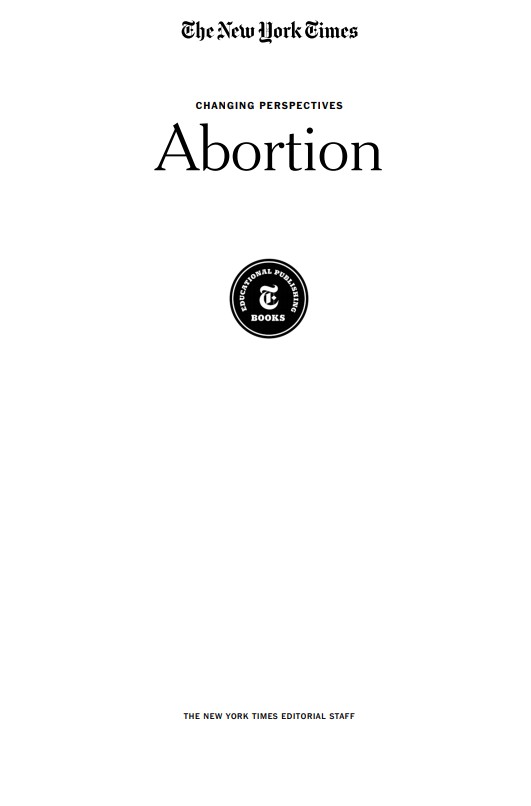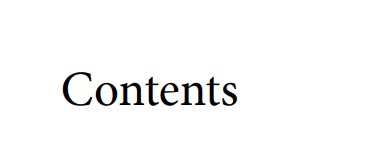Published in 2019 by New York Times Educational Publishing in association with The Rosen Publishing Group, Inc.
29 East 21st Street, New York, NY 10010
Contains material from The New York Times and is reprinted by permission. Copyright 2019 The New York Times. All rights reserved.
Rosen Publishing materials copyright 2019 The Rosen Publishing Group, Inc. All rights reserved. Distributed exclusively by Rosen Publishing.
First Edition
The New York Times
Alex Ward: Editorial Director, Book Development Phyllis Collazo: Photo Rights/Permissions Editor Heidi Giovine: Administrative Manager
Rosen Publishing
Megan Kellerman: Managing Editor Greg Tucker: Creative Director Brian Garvey: Art Director
Cataloging-in-Publication Data
Names: New York Times Company.
Title: Abortion / edited by the New York Times editorial staff. Description: New York : New York Times Educational Publishing, 2019. | Series: Changing perspectives | Includes glossary and index. Identifiers: ISBN 9781642821437 (library bound) | ISBN 9781642821420 (pbk.) | ISBN 9781642821444 (ebook) Subjects: LCSH: AbortionJuvenile literature. | Abortion Moral and ethical aspectsJuvenile literature.
Classification: LCC HQ767.A267 2019 | DDC 179.7'6dc23
Manufactured in the United States of America
On the cover: Pro-choice and pro-life activists demonstrate near the Supreme Court after the March for Life in Washington, Friday, Jan. 25, 2013, the week that marked the 40th anniversary of the Supreme Court's landmark Roe v. Wade decision; Drew Angerer for The New York Times.
CHAPTER 1
A History of Illegal Operations
CHAPTER 2
Roe v. Wade and the Evolution of Abortion Law
CHAPTER 3
Pro-Life vs. Pro-Choice
CHAPTER 4
The Uncertain Future of U.S. Abortion Rights
Introduction
THE HISTORY OF ABORTION in the United States is complex. This is partially because it cannot be wholly known, as for the majority of American history, abortion was not only illegal, but a social and moral taboo. In the past, women sought methods to terminate unwanted pregnancy through dangerous channels, often at their own risk. They relied on whisper networks to find medical care, even if it could not be provided by a medical professional. In desperate cases, women would attempt to self-induce abortion without medical oversight of any kind, using methods they had heard about through anecdote or folklore. They ingested abortifacients substances that induce abortion or sought surgical procedures that were highly dangerous. Its impossible to know how many cases resulted in death or irreparable harm to women seeking abortion by any means necessary in a society hostile to abortion access.
One of the reasons abortion has proven difficult to legislate and even discuss is because motivations to seek abortion are extremely varied and divisive. In the early 20th century, reasons often cited in news coverage included fetuses that were very likely or guaranteed to be born with birth defects of some kind, whether developmental or hereditary. A doctor might determine a fetus is no longer viable, meaning that the pregnancy would not result in the birth of a liveborn baby. A womans health, physical or psychological, would be at risk if she carried the pregnancy to term. The woman might be a victim of rape or incest, which resulted in unwanted pregnancy. The mother might already have a number of children, and she and her family would not be able to afford care for another child.

MELISSA GOLDEN FOR THE NEW YORK TIMES
A woman waiting in the recovery area after her abortion at a clinic in Montgomery, Ala.
In the latter half of the 20th century, the Supreme Courts landmark decision in the case of Roe v. Wade emphasized a womans legal right to privacy, which extended to her right to seek an abortion; however, individual U.S. states remain responsible for their own legislation and access to abortion, if any. Whatever a womans reason might be to terminate a pregnancy, people have protested for or against abortion access for decades. Advocates have historically emphasized a womans bodily autonomy and the right to choose, while those who oppose abortion cite religious, moral or ethical reasons against it.
While medical advances have made abortions safer and improved birth control methods so fewer abortions are necessary, individuals, organizations and state governments remain largely divided on the issue. Debates on when life begins, who should be involved in the decision to get an abortion and political agendas are all inextricably linked in the history of the intensely individual experience of a woman seeking to terminate a pregnancy.
CHAPTER 1
A History of Illegal Operations
In 1873, political reformer Anthony Comstock successfully lobbied for the enactment of the Comstock Laws, strict statutes that prohibited the circulation of any obscene" item related to contraception or abortion. The Comstock Laws persisted into the 20th century, and though many of them were declared unconstitutional over time, anti-abortion sentiment prevailed and abortions were often referred to as simply illegal operations" in news coverage. Medical professionals were arrested for participating in abortion rings, and women relied on whisper networks to find services that could be unsafe or even life-threatening. Abortion began to enter a larger public discussion with cases such as that of Sherri Finkbine.
Examinations in the Malpractice Cases.
BY THE NEW YORK TIMES | APRIL , 1873
DR. WRIGHT, of No. 51 Bleecker-street, was before Commissioner Osborn yesterday afternoon for examination on a charge of sending through the mails medicines intended to be used in malpractice cases, in violation of the recent act of Congress on that subject.
Mr. Anthony Comstock was examined on behalf of the prosecution. He stated that he saw the advertisement of Dr. Wright in the Herald, and immediately judged of its character. He then opened a correspondence with Dr. Wright, sending registered letters, in one of which he inclosed $10. He received from his medical correspondent a package containing a box of pills and a paper, with directions for using the same. The letters and package were put in evidence, and the District-Attorney rested the case for the Government on Mr. Comstocks testimony.
Counsel for the defense moved for the discharge of the prisoner on the ground that no case had been made against him. The Commissioner denied the motion. Counsel then asked for an adjournment until to-day, stating that he would show that the prisoner was not the guilty party, but that he merely furnished money to an impecunious medical practitioner who carried on the business. By consent of the District-Attorney, the further hearing was postponed until to-day.
The examination of Dr. Francis E. Andrews, of No. 360 Lexington-avenue, charged with violating the section of the Post-office law prohibiting the sending of obscene publications, &c., through the mails, was commenced yesterday before United States Commissioner Andrews. Anthony Comstock, the only witness examined, testified with reference to his correspondence with the accused. The hearing was then adjourned until Saturday.

